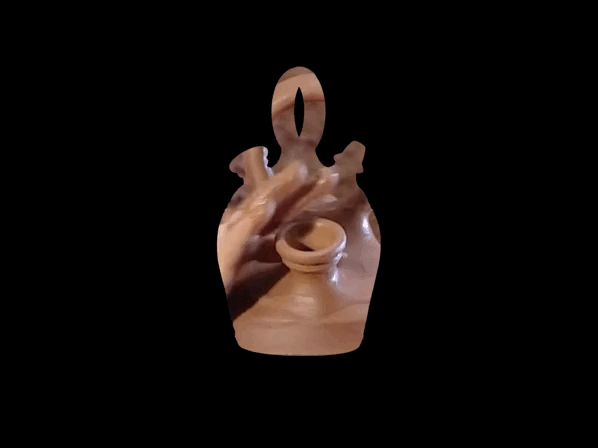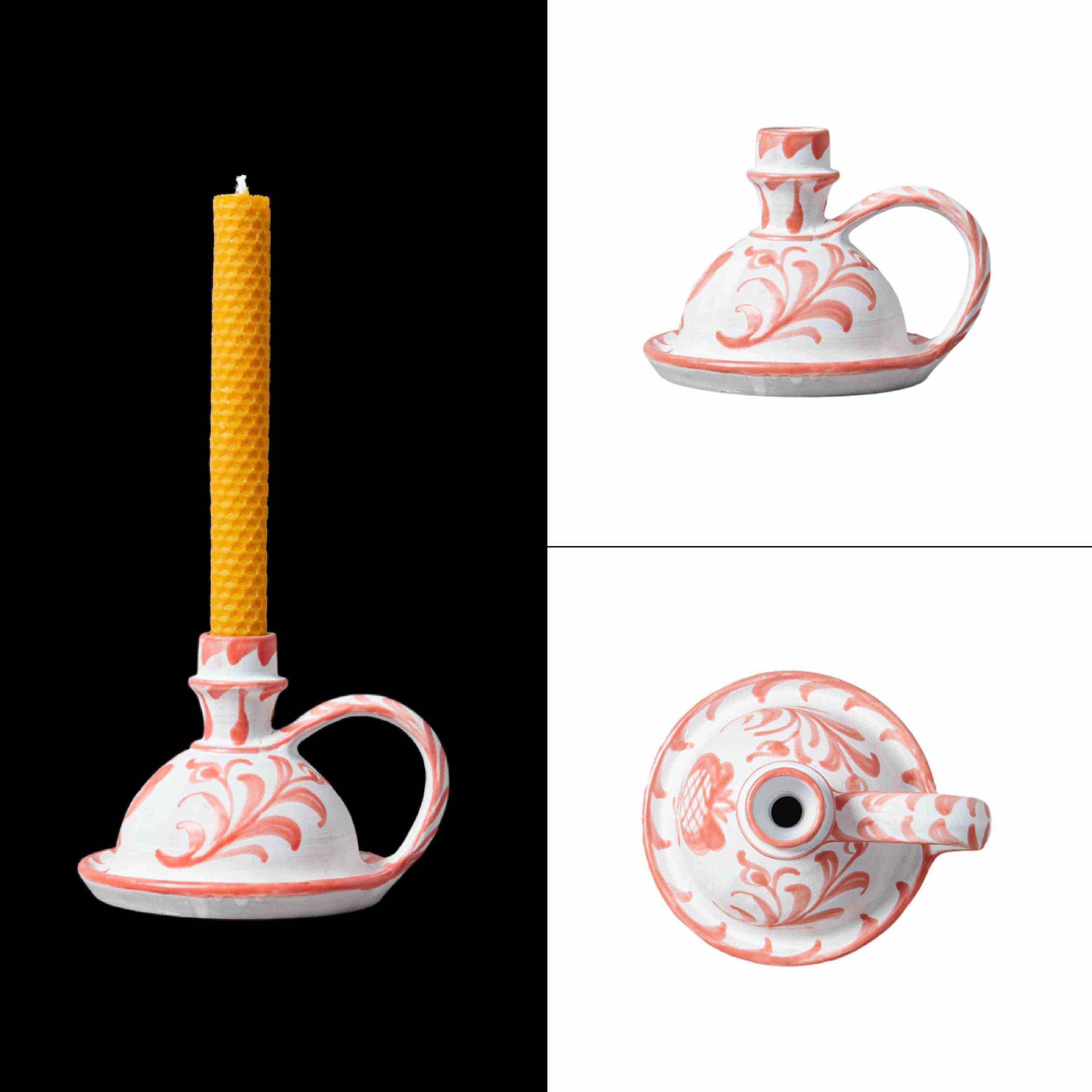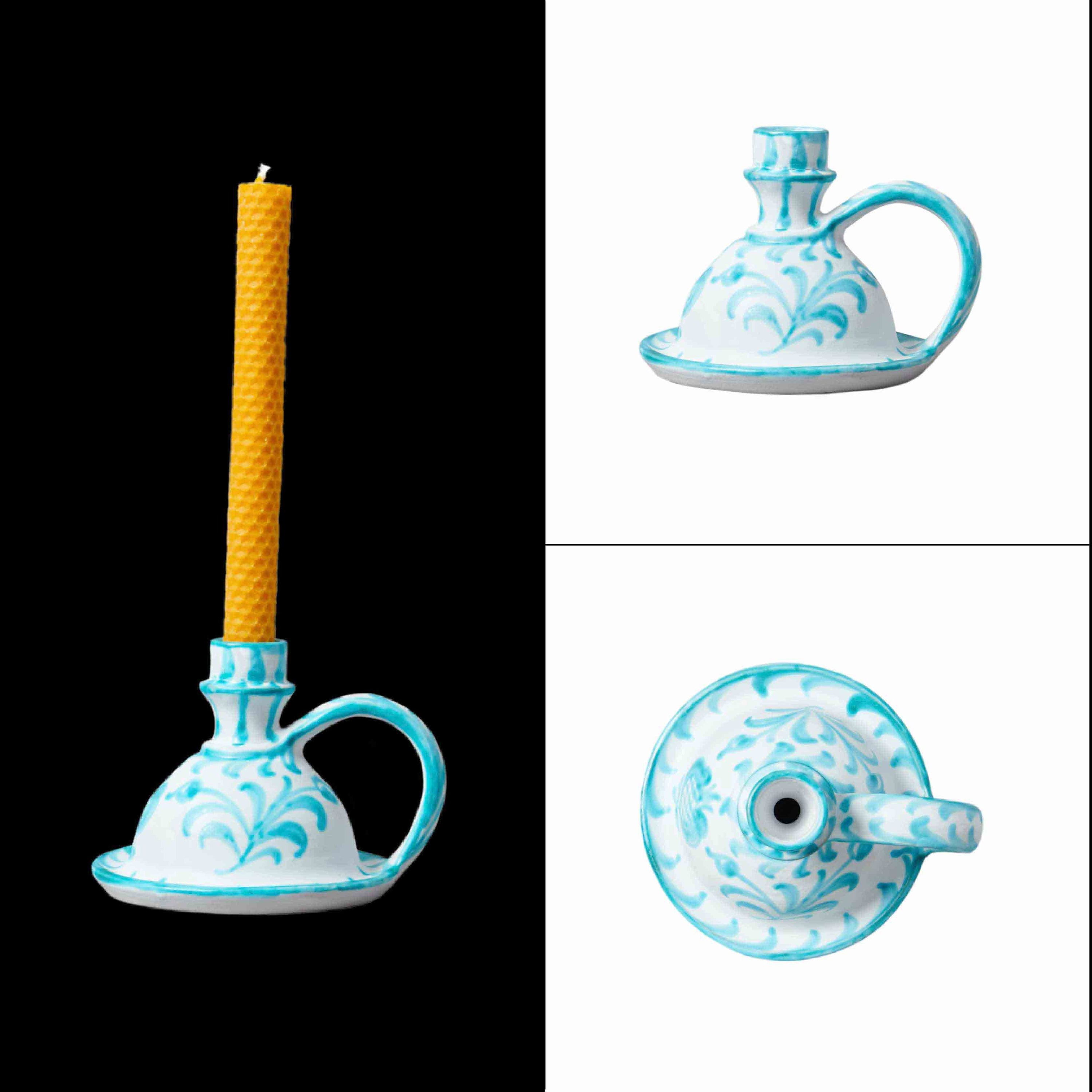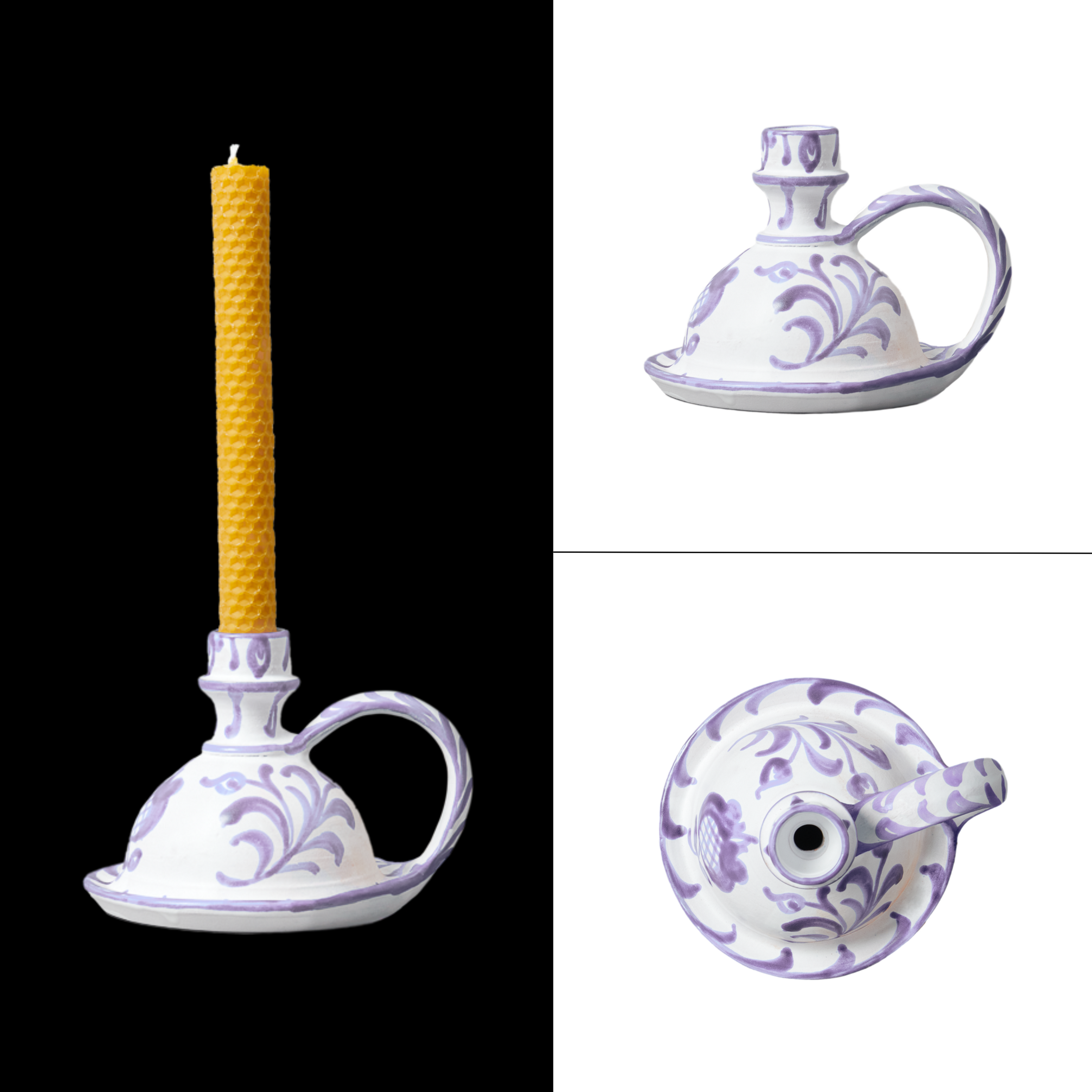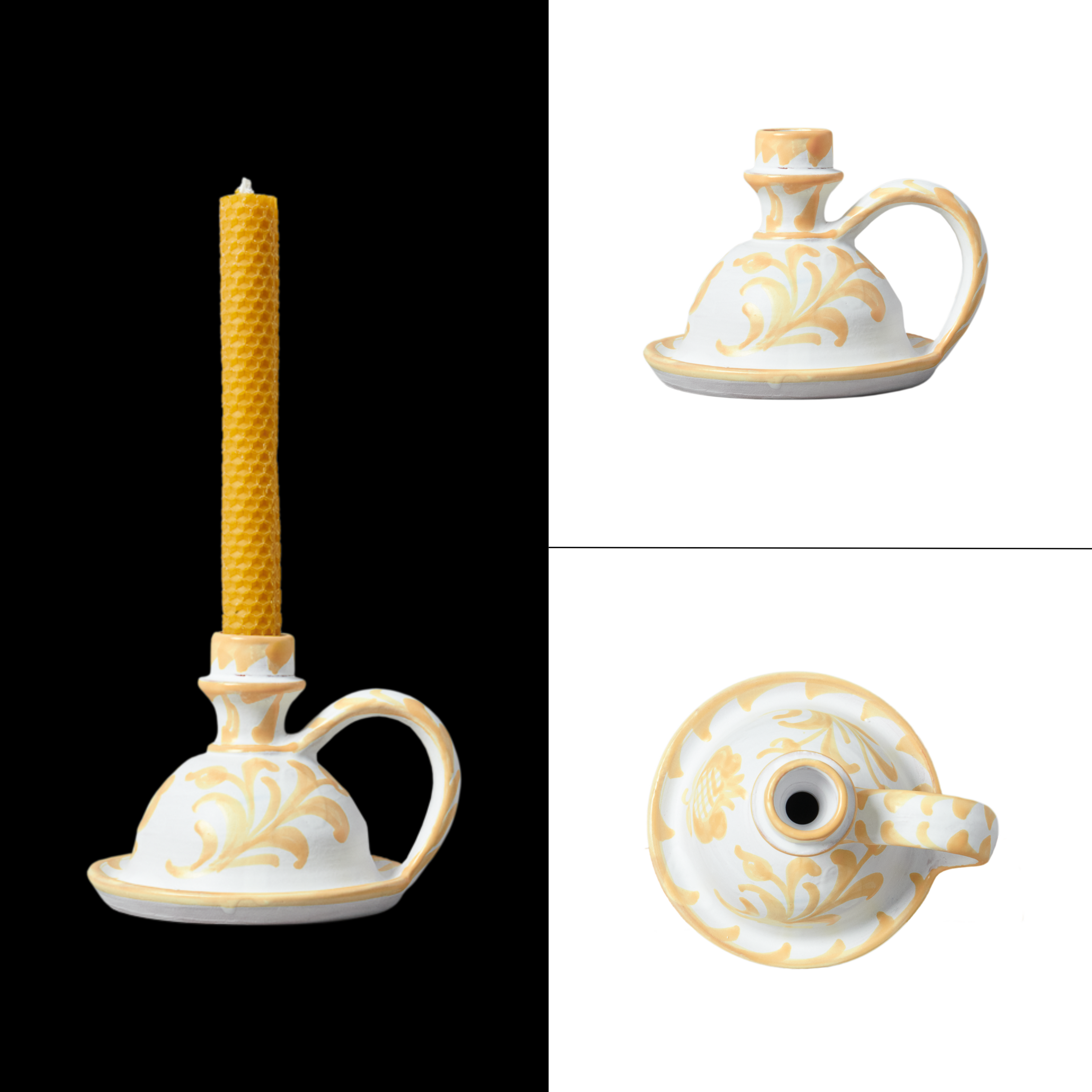The Botijo: The Standley of 3000 B.C
Yes, you read that right. The “botijo” (the Spanish water jug) isn’t just a gem of Spanish craftsmanship; it’s also a classic example of ancient innovation that has stood the test of time with its simplicity and effectiveness.

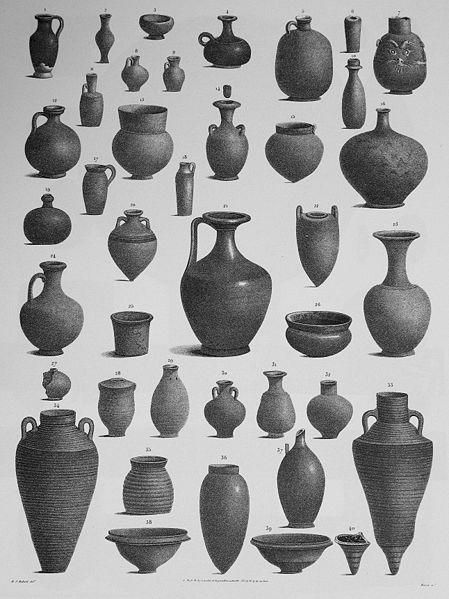
Clay Engineering: A Legacy Carved in Time
The botijo's history is as rich as it is long. In Spain, the oldest known botijo dates back over 3,500 years. Although its design has evolved over millennia, the core principle remains unchanged: a porous material and clever design that naturally cools water through evaporation. This method can reduce the water's temperature by up to ten degrees below the ambient temperature, making the botijo an indispensable companion during scorching Spanish summers.

The Botijo's 5500-Year Legacy from Ancient Mesopotamia.
These handcrafted masterpieces not only preserve age-old traditions but also demonstrate that ancient engineering principles are still relevant today. Evolving from merely practical vessels to becoming coveted objects of desire, they add a touch of cultural heritage to contemporary homes, and serves as a meaningful bridge to our past, illustrating how timeless design remains profoundly significant.
